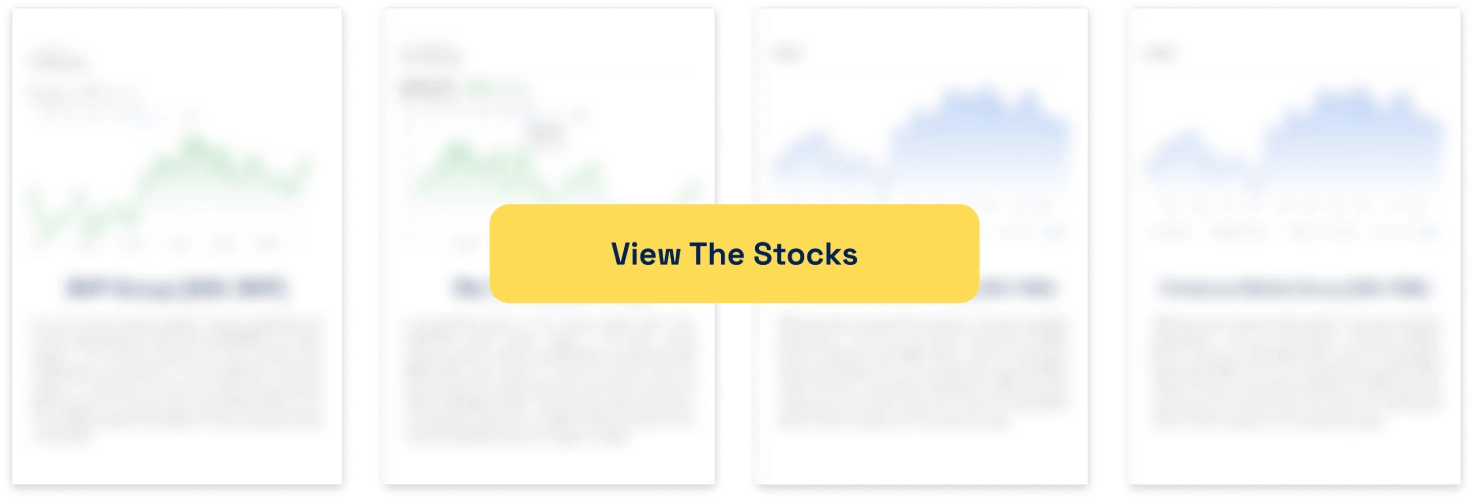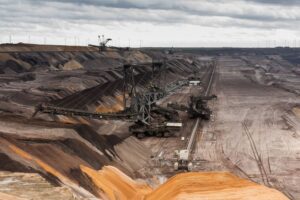Are Dateline and Locksley Resources Set for a Turnaround?
![]() Charlie Youlden, November 12, 2025
Charlie Youlden, November 12, 2025
Early Signs of a Recovery Story Taking Shape
Dateline Resources and Locksley Resources are among Australia’s most closely watched rare earth explorers, but what sets them apart is their shared position in California’s Mojave Desert, a region rich in opportunity. Both projects sit near the historic Mountain Pass mine, the largest rare earth production hub in the US, giving them a strategic advantage as America moves to strengthen its domestic supply chain. This week, however, market volatility has weighed heavily on sentiment, with both stocks falling more than 30 percent. While fear has clearly taken hold in the short term, the underlying fundamentals and strategic location of these assets could present a potential bounce-back opportunity for investors watching the rare earth sector closely.
What are the Best Mining ASX Stocks to invest in right now?
Check our buy/sell tips
Dateline Resources: Market Volatility Masks the Strength of the Colosseum Story
Dateline Resources has been a rollercoaster over the past two months, reflecting just how volatile the commodity space has become. The stock climbed as high as 67 cents before pulling back to consolidate around 30.5 cents, with today’s 10% price surge showing just how reactive sentiment remains. Last week’s weakness wasn’t about the company itself but more about broader market sentiment. When the so-called “Magnificent 7” tech names came under pressure, investors pulled risk from smaller, speculative plays, and Dateline Resources was caught in that rotation.
From a fundamental standpoint, nothing has changed in Dateline Resources’ story. The Colosseum Project remains a highly strategic asset for the US and continues to hold potential eligibility for federal funding, similar to what was provided to the Mountain Pass mine. While such funding isn’t guaranteed, Colosseum’s strong economics and national relevance make it a compelling candidate.
The Colosseum Project Update
Currently, three drill rigs, one diamond and two reverse circulation (RC) are active on site, accelerating progress toward resource conversion and development planning.
A notable highlight was the identification of approximately 1 million tonnes of historical stockpiles grading around 1 gram per tonne of gold, which could be incorporated into the mine plan. If processed, this stockpile could contribute roughly 30,000 ounces of gold, representing a gross value of about A$183 million at current gold prices of A$4,010 per ounce, assuming full recovery and no additional costs.
From an economic perspective, the company’s previously reported feasibility metrics remain highly attractive. Dateline estimates a Net Present Value (NPV) of US$550 million and an Internal Rate of Return (IRR) of 61 percent, based on a discount rate of 6.5 percent. This basically means that Dateline believes that the project could be very profitable, which highlights the strong economic benefits of the mine.
Locksley Resources Reawakens a Forgotten US Critical Mineral Asset
Despite being caught in the macro crossfire and trading about 40% below its all-time high, Locksley Resources (ASX: LKY) has started to rebuild momentum. Over the past week, the company released its 3D geological model of the Desert Antimony Mine, revealing three well-defined antimony veins traced along a 130-metre strike zone. The mine, which last operated in 1937, produced high-grade stibnite, the primary ore of antimony. The newly mapped underground stopes align closely with historical production records, confirming both grade continuity and the strength of the deposit’s previous output.
Antimony is classified as a critical mineral by the US Department of Defense due to its essential role in defense alloys, semiconductors, flame retardants, and emerging energy storage technologies. With more than 75% of global supply currently controlled by China and Russia, the US has no active domestic production, creating a clear strategic gap. Locksley’s Mojave Project sits squarely in this context, positioning the company as a potential first mover in rebuilding a secure, US-based source of antimony at a time when supply independence has never mattered more.
What investors should take away from this article?
Investors should remember that when we see sharp pullbacks, the key question is whether the company’s growth story or fundamentals have truly changed, or if the market is simply resetting expectations. In our view, while short-term sentiment may swing with headlines around rare earth trade agreements, the US will continue to invest heavily in securing global supply chains. With more news flow ahead, encouraging grades, and a diversified commodity base, the outlook for both companies remains compelling. That said, long-term investors should be prepared for a fair degree of volatility as these strategic projects move from exploration to execution.
Blog Categories
Get Our Top 5 ASX Stocks for FY26
Recent Posts
Javelin Minerals Jumps 2,900 Percent on Capital Consolidation
A Sharper Share Register Sets Javelin Minerals Up for Its Next Corporate Stage Javelin Minerals (ASX: JAV) surged an extraordinary…
Why Are Droneshield Shares Dropping and Should You Be Worried
DroneShield Selloff Tests Nerves, But Fundamentals Tell a Different Story DroneShield (ASX: DRO) experienced a sharp selloff this morning that…
Straker (ASX:STG): After a difficult few years, could AI be a major growth catalyst?
Is Straker (ASX:STG) just one of those companies using the term ‘AI’ just to attract attention when nothing else is…



